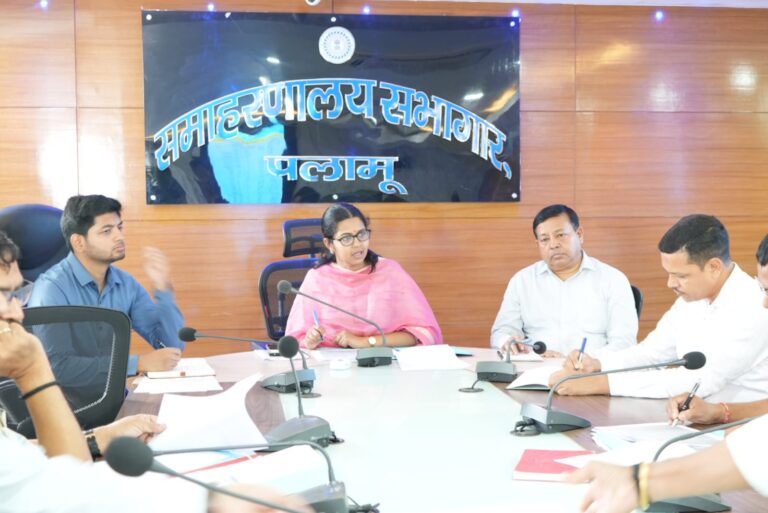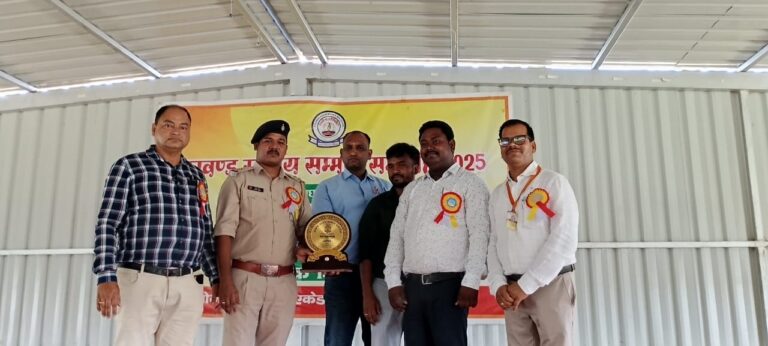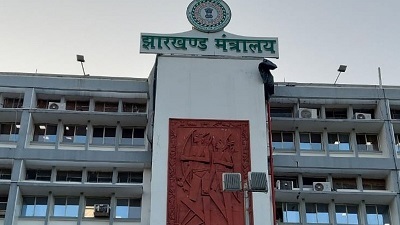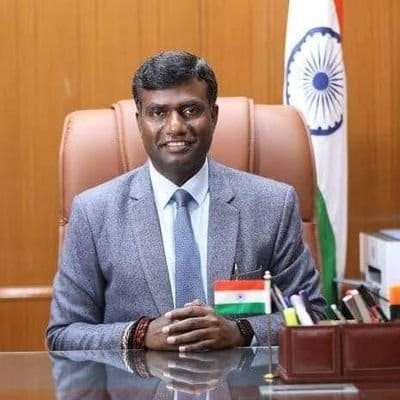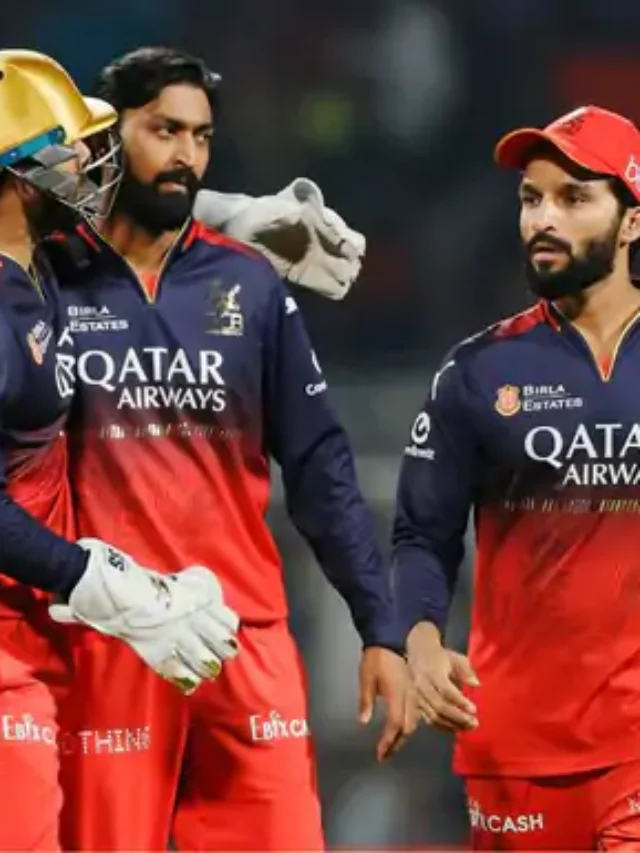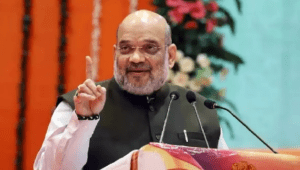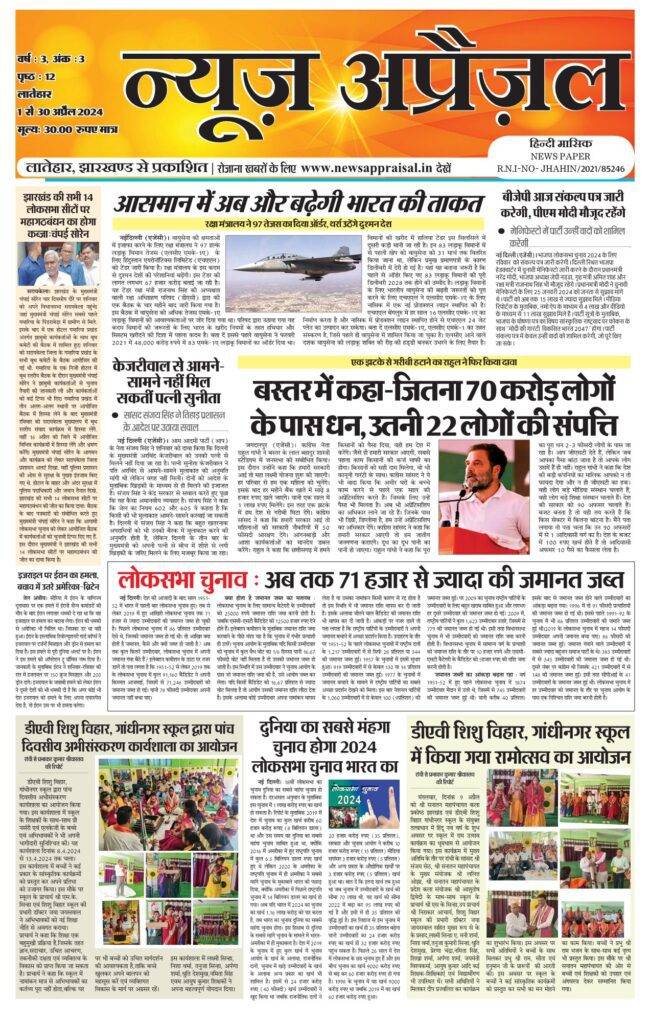
नई दिल्ली, 30 अप्रैल: सुप्रीम कोर्ट ने सोशल मीडिया और ओटीटी (OTT) प्लेटफॉर्म्स पर बढ़ते अश्लील और आपत्तिजनक कंटेंट के खिलाफ दायर याचिका पर सुनवाई करते हुए केंद्र सरकार और संबंधित कंपनियों से जवाब तलब किया है। याचिका में मांग की गई है कि ऐसे कंटेंट को तत्काल प्रभाव से प्रतिबंधित किया जाए और इन माध्यमों पर सेंसरशिप या निगरानी की स्पष्ट व्यवस्था बनाई जाए।
मुख्य न्यायाधीश डी. वाई. चंद्रचूड़ की अध्यक्षता वाली पीठ ने कहा कि यह मूलतः कार्यपालिका (Executive) का मामला है, और सरकार को ही इस पर नीति बनाकर कार्रवाई करनी चाहिए। कोर्ट ने इस विषय को “नीति निर्धारण” से जुड़ा बताया, लेकिन यह भी स्पष्ट किया कि अगर सरकार की ओर से संतोषजनक कदम नहीं उठाए गए तो न्यायालय को हस्तक्षेप करना पड़ सकता है।
याचिका में क्या कहा गया है?
दायर जनहित याचिका में कहा गया है कि ओटीटी प्लेटफॉर्म्स जैसे कि नेटफ्लिक्स, अमेज़न प्राइम, डिज्नी+ हॉटस्टार, और सोशल मीडिया प्लेटफॉर्म्स जैसे यूट्यूब, इंस्टाग्राम, फेसबुक आदि पर अश्लीलता, नग्नता और हिंसा से भरे दृश्य खुलेआम परोसे जा रहे हैं। याचिकाकर्ता का कहना है कि यह न केवल भारतीय सांस्कृतिक मूल्यों के खिलाफ है, बल्कि समाज, खासकर बच्चों और युवाओं पर इसका नकारात्मक प्रभाव पड़ रहा है।
याचिका में मांग की गई है कि सरकार को निर्देश दिया जाए कि वह ओटीटी और सोशल मीडिया कंटेंट को नियंत्रित करने के लिए एक नियामक संस्था बनाए, जो फिल्मों की तरह डिजिटल सामग्री की भी समीक्षा कर सके। साथ ही, इन प्लेटफॉर्म्स पर प्रसारित होने वाले कंटेंट के लिए पूर्व-स्वीकृति (pre-approval) की व्यवस्था लागू करने की मांग भी की गई है।
केंद्र सरकार और कंपनियों की भूमिका पर सवाल
सुप्रीम कोर्ट ने इस मामले में केंद्र सरकार से दो सप्ताह के भीतर जवाब देने को कहा है। साथ ही, ओटीटी और सोशल मीडिया कंपनियों को भी नोटिस जारी कर यह पूछा गया है कि वे अपने प्लेटफॉर्म्स पर प्रसारित होने वाली सामग्री की निगरानी के लिए क्या कदम उठा रहे हैं।
न्यायालय ने यह भी कहा कि तकनीकी प्रगति के इस दौर में अभिव्यक्ति की स्वतंत्रता का सम्मान किया जाना चाहिए, लेकिन उसकी सीमाएं भी तय होनी चाहिए। “यदि कोई सामग्री समाज में नैतिक या मानसिक क्षति पहुंचा रही है, तो उस पर नजर रखना जरूरी है,” कोर्ट ने कहा।
मौजूदा कानून और दिशा-निर्देश
वर्तमान में ओटीटी प्लेटफॉर्म्स के लिए सूचना एवं प्रसारण मंत्रालय द्वारा 2021 में जारी “आईटी नियम” लागू हैं, जिनमें ‘सेल्फ-रेगुलेशन’ की बात कही गई है। इन नियमों के तहत कंटेंट की श्रेणियों के अनुसार वर्गीकरण (age-wise classification) और चेतावनी देना अनिवार्य किया गया है। हालांकि, आलोचकों का कहना है कि इन नियमों का अनुपालन सतही है और प्रभावी निगरानी की कमी है।
समाज में गूंजता मुद्दा
यह मामला केवल कानूनी दायरे तक सीमित नहीं है। सामाजिक और सांस्कृतिक संगठनों, माता-पिता, और शिक्षाविदों द्वारा भी लंबे समय से डिजिटल माध्यमों पर बढ़ते अश्लील कंटेंट पर चिंता व्यक्त की जा रही है। उनके अनुसार, यह मुद्दा युवाओं में मानसिक असंतुलन, हिंसक प्रवृत्तियों और सामाजिक मूल्यों के क्षरण को जन्म दे रहा है।
आगे क्या?
सुप्रीम कोर्ट द्वारा केंद्र और निजी कंपनियों से जवाब मांगने के बाद अब सबकी निगाहें सरकार के रुख और अदालत की अगली सुनवाई पर टिकी हैं। यह देखना दिलचस्प होगा कि क्या डिजिटल स्पेस में भी सेंसरशिप और नियंत्रण की नई व्यवस्था लागू होती है या इसे अभिव्यक्ति की स्वतंत्रता के दायरे में छोड़ दिया जाएगा।
Demand for Ban on Obscene Content on OTT and Social Media: Supreme Court Seeks Response from Centre and Companies
New Delhi, April 30: The Supreme Court of India has taken cognizance of a public interest litigation (PIL) seeking a ban on obscene and vulgar content being broadcast on OTT platforms and social media. The Court has issued notices to the Central Government and digital content companies, asking them to respond within two weeks.
A bench led by Chief Justice D.Y. Chandrachud stated that the issue falls under the domain of the executive, i.e., the government, and hence, it is their responsibility to regulate such matters. However, the Court also warned that if necessary steps are not taken, it may have to intervene in the public interest.
What the Petition Says
The PIL argues that platforms like Netflix, Amazon Prime, Disney+ Hotstar, YouTube, Facebook, and Instagram are continuously displaying sexually explicit, vulgar, and violent content. The petitioner claimed that such unregulated material is damaging the moral fabric of society and negatively affecting children and youth.
The petition demands:
- An immediate ban on obscene content.
- The creation of a regulatory authority similar to the censor board for OTT platforms.
- A mandatory pre-approval process for digital content before it is published.
Court’s Observation
The Supreme Court noted the gravity of the matter and remarked that freedom of expression must be balanced with societal responsibility. “If the content is causing moral or psychological harm, then there must be a monitoring system in place,” the Court observed.
Centre and Companies Under Scanner
The Court has sought detailed responses from the Ministry of Information & Broadcasting and major OTT/social media companies about the steps they are currently taking to regulate content. The court has asked whether existing self-regulation is proving effective or if stronger mechanisms are required.
Current Legal Framework
The 2021 IT Rules issued by the government require OTT platforms to self-regulate and classify content based on age groups. However, critics argue that enforcement is weak, and platforms often sidestep accountability by claiming creative freedom.
Public Concerns on the Rise
The issue has sparked widespread concern among parents, educators, and cultural groups, who argue that the content being streamed freely on digital platforms is contributing to moral degradation and mental health issues among youth.
What’s Next?
The next hearing will be crucial in determining whether India moves towards stricter content control on digital platforms. Until then, the digital media industry, civil society, and lawmakers will be closely watching the government’s and companies’ responses to the Supreme Court’s notice.
![]()








